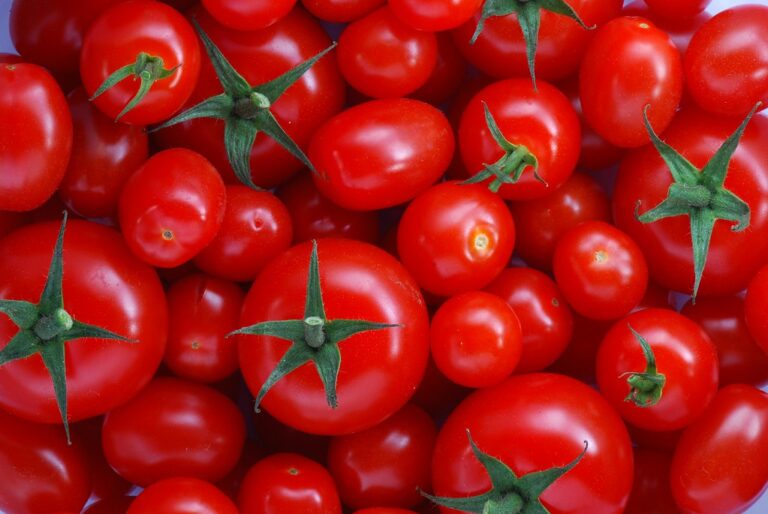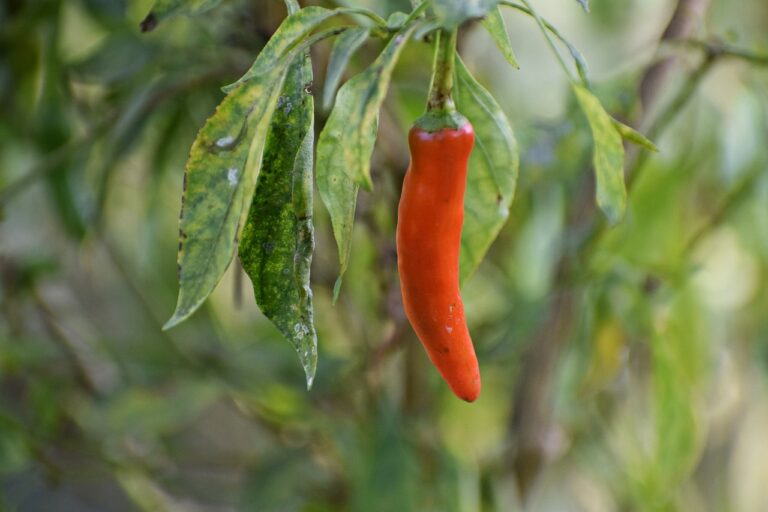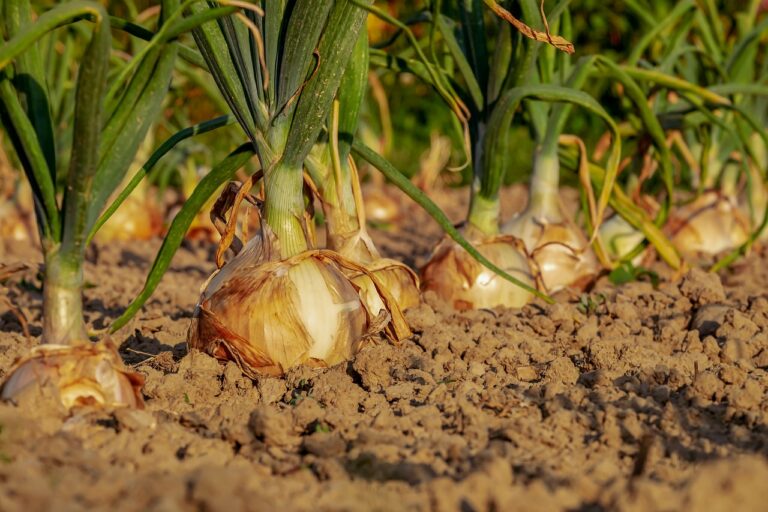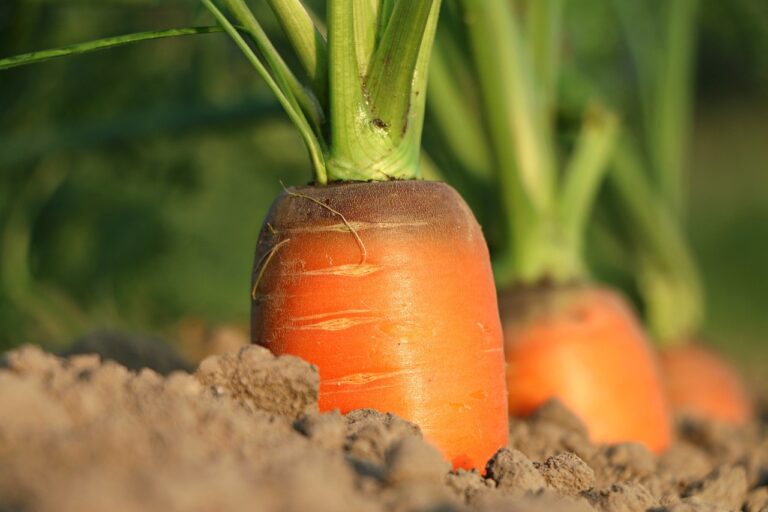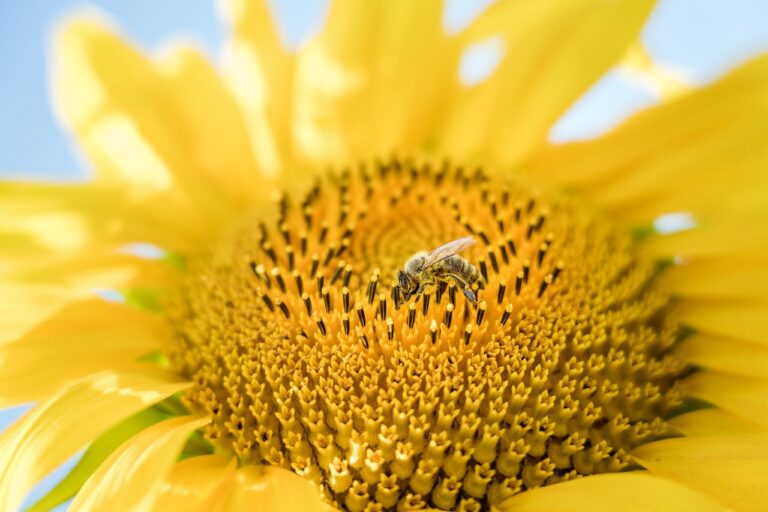Growing Watermelons in Containers: A Comprehensive Guide
I’ve had success growing watermelons in containers. Start by choosing compact, disease-resistant varieties like ‘Bush Sugar Baby’ or ‘Crimson Sweet’. Prepare soil with proper pH, moisture, and nutrients. Plant seeds at the right time, ensuring adequate spacing and using a large enough container. Train vines by pruning and providing support with stakes or trellises. Harvest when the underside is colored, tendril is dry, and the sound is hollow upon tapping. Withholding water pre-harvest boosts sweetness. These practices lead to a bountiful harvest of delicious watermelons. Choose the right varieties, soil, and care techniques for success.
Selecting Suitable Watermelon Varieties
When selecting watermelon varieties for container gardening, choose compact options such as ‘Bush Sugar Baby‘ or ‘Sugar Pot‘ to guarantee successful cultivation in limited space. These compact varieties are ideal for container environments, as they don’t require as much space to spread out compared to traditional sprawling watermelon plants. Additionally, it’s important to opt for disease-resistant watermelon varieties to make sure your plants stay healthy and productive throughout the growing season. Varieties like ‘Crimson Sweet‘ offer this resistance, providing a better chance at a bountiful harvest.
In container gardening, small watermelon varieties like ‘Golden Midget’ or ‘Crimson Sweet’ are excellent choices due to their adaptability to restricted growing conditions. These types are well-suited for containers and can thrive even with the limitations of space. Furthermore, selecting watermelon varieties with a short growing season is advantageous for container gardening. These varieties tend to mature quicker, making them more suitable for the confined environment of a container.
For successful watermelon cultivation in containers, the adaptability of the chosen varieties to the container environment is paramount. ‘Bush Sugar Baby’ and ‘Sugar Pot’ are known for their ability to thrive in such conditions, making them top choices for container gardening enthusiasts. By selecting the right watermelon varieties tailored for container growth, you set yourself up for a rewarding and fruitful gardening experience.
Essential Steps for Soil Preparation
In container gardening, the key to successful watermelon cultivation lies in preparing the soil with a nutrient-rich, well-draining potting mix and enhancing it further with compost, perlite, or vermiculite to optimize growing conditions.
- Selecting the Right Potting Mix: Choose a high-quality potting mix specifically formulated for container gardening. Look for mixes that provide good drainage while retaining moisture, essential for the development of healthy container watermelons.
- Balancing Soil pH: Test the soil pH and adjust it if necessary to fall within the ideal range for watermelon growth, which is typically between 6.0 and 6.8. Proper soil pH ensures that nutrients are readily available to the plants.
- Monitoring Soil Moisture Levels: Regularly check the moisture levels in the soil. Container watermelons require consistent watering to maintain sufficient soil moisture. Overly dry or waterlogged soil can hinder plant growth and fruit development.
Planting Techniques and Care
To guarantee successful growth and plentiful harvest, correct planting methods and careful attention are essential when cultivating watermelons in containers. When planting watermelon seeds in containers, timing is important. Wait until after the last frost date to make sure ideal growing conditions. Proper spacing between seedlings is crucial to prevent overcrowding as watermelon plants in containers need sufficient room to spread their roots. Selecting the right container is also vital; choose a container that is large enough to accommodate the watermelon variety you are growing.
When it comes to soil, opt for a nutrient-rich potting mix that includes compost and slow-release fertilizers to provide necessary nutrients for the plants. Watermelon plants in containers require consistent moisture levels to thrive, so monitor the soil regularly. Ensure that the soil is moist but not waterlogged, adjusting your watering schedule as needed to prevent overwatering or underwatering.
Throughout the growing season, pay close attention to the watermelon plants’ development. Keep an eye on the leaves for any signs of nutrient deficiencies or pests. By providing proper care-such as regular watering, maintaining the right soil conditions, and monitoring plant health-you’ll set the stage for a successful watermelon harvest from your containers.
Training and Supporting Practices
Utilize vertical gardening techniques like staking or trellising to support the upward growth of watermelon vines and optimize space in container cultivation. When it comes to training and supporting watermelon plants, there are essential practices to consider:
- Pruning for Plant Growth Control: Regular pruning is important for managing the growth of watermelon plants. By removing excess foliage, you can redirect the plant’s energy towards fruit development, resulting in larger and healthier watermelons. Pruning also helps prevent overcrowding, allowing each fruit to receive adequate sunlight and nutrients for improved growth.
- Staking or Using Trellises for Support: Supporting watermelon vines with stakes, bamboo canes, or trellises is vital, especially as the fruits start to develop. These structures prevent the vines from sprawling on the ground, reducing the risk of damage and disease. Additionally, vertical support systems optimize space in container gardens, provide better air circulation around the plants, and aid in efficient nutrient distribution to support overall plant health.
- Pest Prevention and Fruit Quality Improvement: Elevating watermelon vines using trellises or stakes not only saves space but also deters pests that might otherwise access the fruits easily. By keeping the vines off the ground, you can reduce the risk of pests and diseases, leading to better fruit quality and higher yields. Proper support structures contribute to the overall health and productivity of container-grown watermelon plants.
Harvesting Ripe Watermelons
When determining the readiness of watermelons for harvest, observe specific indicators such as the color of the underside and the dryness of the tendril near the stem. A yellow spot on the underside of the watermelon is a key sign of ripeness, indicating that the fruit is ready to be picked. Additionally, check the tendril near the stem; a dry tendril suggests that the watermelon is mature and sweet.
To further confirm if the watermelon is ripe, gently tap the fruit with your knuckles. A hollow sound indicates that the watermelon is ready for harvest. Before picking ripe watermelons, it is advisable to withhold water to the plant. This practice helps concentrate the sugars in the fruit, leading to a sweeter taste.
Once harvested, store ripe watermelons on the counter or in the refrigerator to maintain their freshness. Proper storage can help preserve the flavor and texture of the fruit. By following these harvesting tips and techniques, you can enjoy delicious, sweet watermelons grown in containers.

